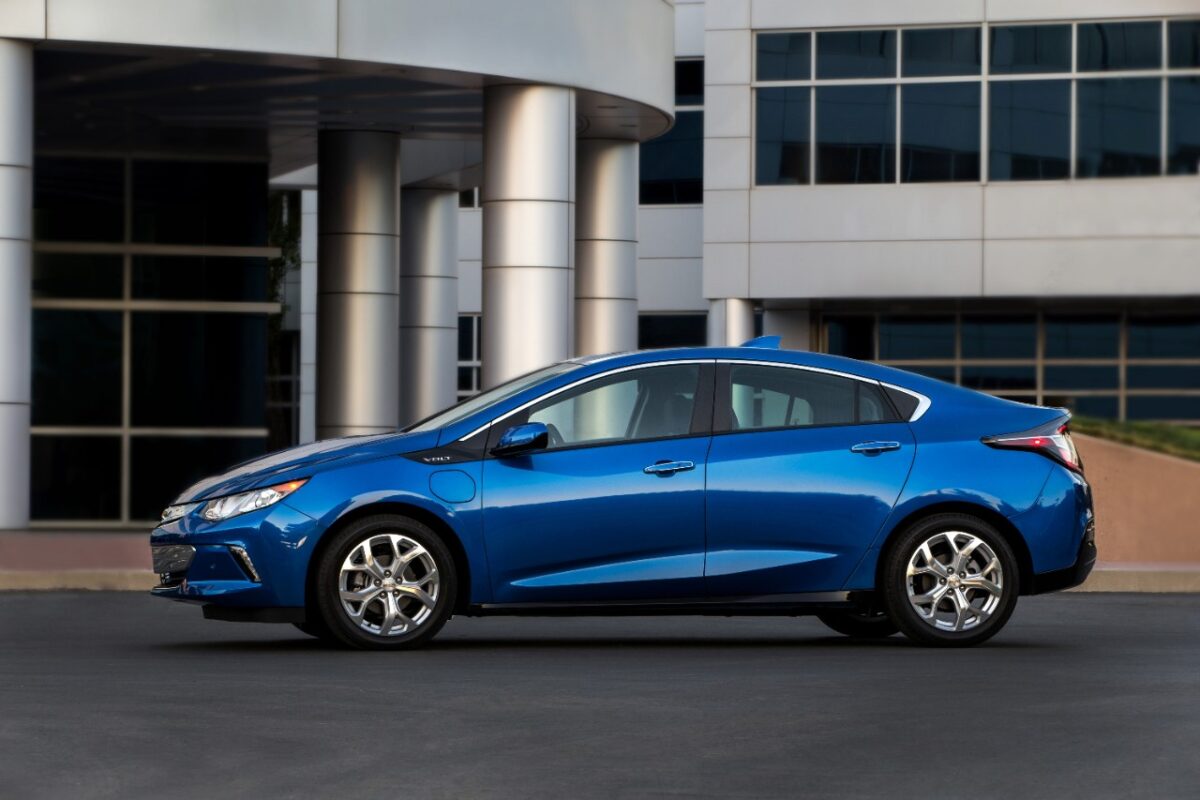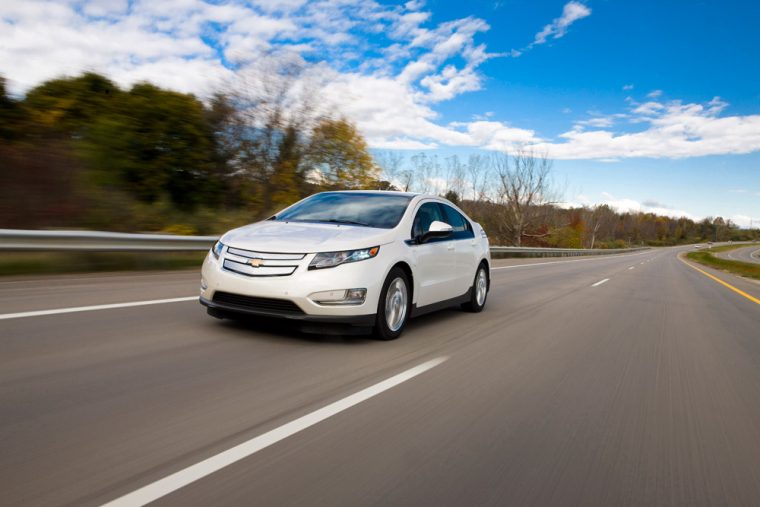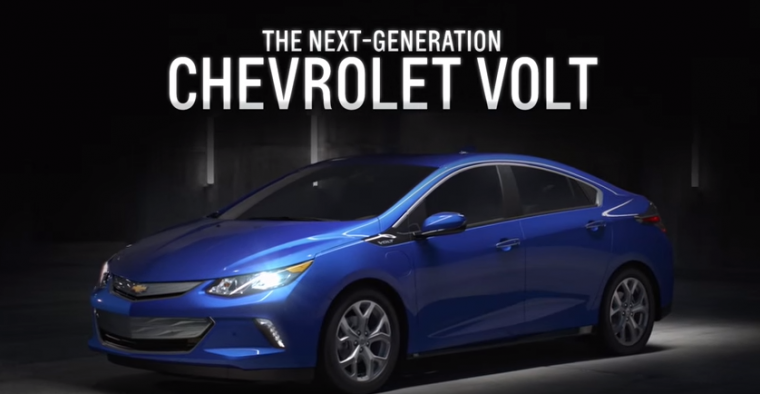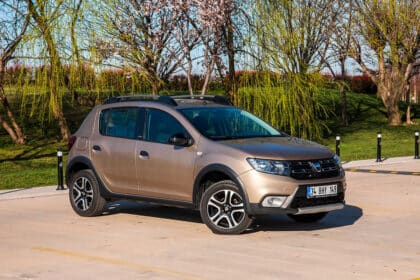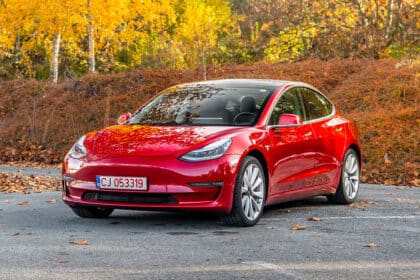Well, folks, I am distraught. The time that I have dreaded since July 2017 has arrived. Even as the company announced a bunch of upgrades for the model, General Motors has announced that the Chevrolet Volt plug-in hybrid is dead as of March 1, 2019.
Re-creation: These are the new Chevy car styles for 2019
Rather than replacing the Volt with a CrossVolt plug-in hybrid or electric crossover, the death of the Volt comes as a part of a mass culling of GM products. The Volt joins its Chevy siblings the Impala and Cruze, along with the Buick LaCrosse and Cadillac XTS, as a soon-to-be-ex-GM-model.
As we commend the Volt to the dustbin of history, let’s look back on what was one of the best plug-in hybrids on the road.
Hopeful beginnings
The Chevy Volt first hit the spotlight as a concept car at the 2007 North American International Auto Show. It was the first series plug-in hybrid by any major automaker. The Volt was a hit — its popularity pushed it swiftly into production, and the first models reached dealerships in 2010. It went on to win several prestigious awards, including 2011 Motor Trend Car of the Year and 2011 North American Car of the Year.
Its innovative powertrain combined 35 miles of electric range (rising to 38 miles in 2013) with a compact 1.4-liter four-cylinder gas engine. Running on premium, this engine delivered around 35 mpg in combined driving. The electric motor gave the model 149 horsepower and 273 lb-ft of torque.
Volt sales rose quickly, but never reached the levels of other Chevy models. There were a number of reasons for this, including limited ad exposure, sales area, dealer interest, a big price tag, expensive fuel needs (it only ran on premium), and consumer confusion on how it even worked. Drivers considered the touch-screen controls clunky and difficult to use, and the Volt only seated four people as the battery pack split the back row of seats in half. Worse, sales began to dip by the start of 2015.
Getting Better: These five driving resolutions will make the road safer for everyone
New design, new life
However, in mid-October 2015, Chevrolet released the 2016 Volt. The 2016 model year ushered in a completely new design that was less “space buggy” and more “sporty run-around.” It also swapped premium gas for regular, boosted electric range to 53 miles, and updated the unintuitive controls. Most interestingly, Chevy released the Volt across the nation, not just California and Oregon. More awards rolled in.
Sadly, some of the Volt’s old ills followed it into the new generation. It still came at a significant price premium. Its “fifth seat” was really only usable if you were a very small child. And, although Chevy rolled it out to every state, uncaring dealers, uninformed consumers, and low advertising still plagued the model. When the Chevy Bolt EV arrived in 2016, the Volt lost ground. From the second-best-selling plug-in model in the US in 2016, it dropped to fifth in 2017, where it is on track to remain in 2018.
I personally have driven (and still drive) a second-generation Chevy Volt. It is still a thoroughly excellent plug-in hybrid, and I am sad to see the end of the model’s run. Rest in peace, Chevrolet Volt — you put up a good fight.
News Source: InsideEVs.com, Jalopnik
The News Wheel is a digital auto magazine providing readers with a fresh perspective on the latest car news. We’re located in the heart of America (Dayton, Ohio) and our goal is to deliver an entertaining and informative perspective on what’s trending in the automotive world. See more articles from The News Wheel.

